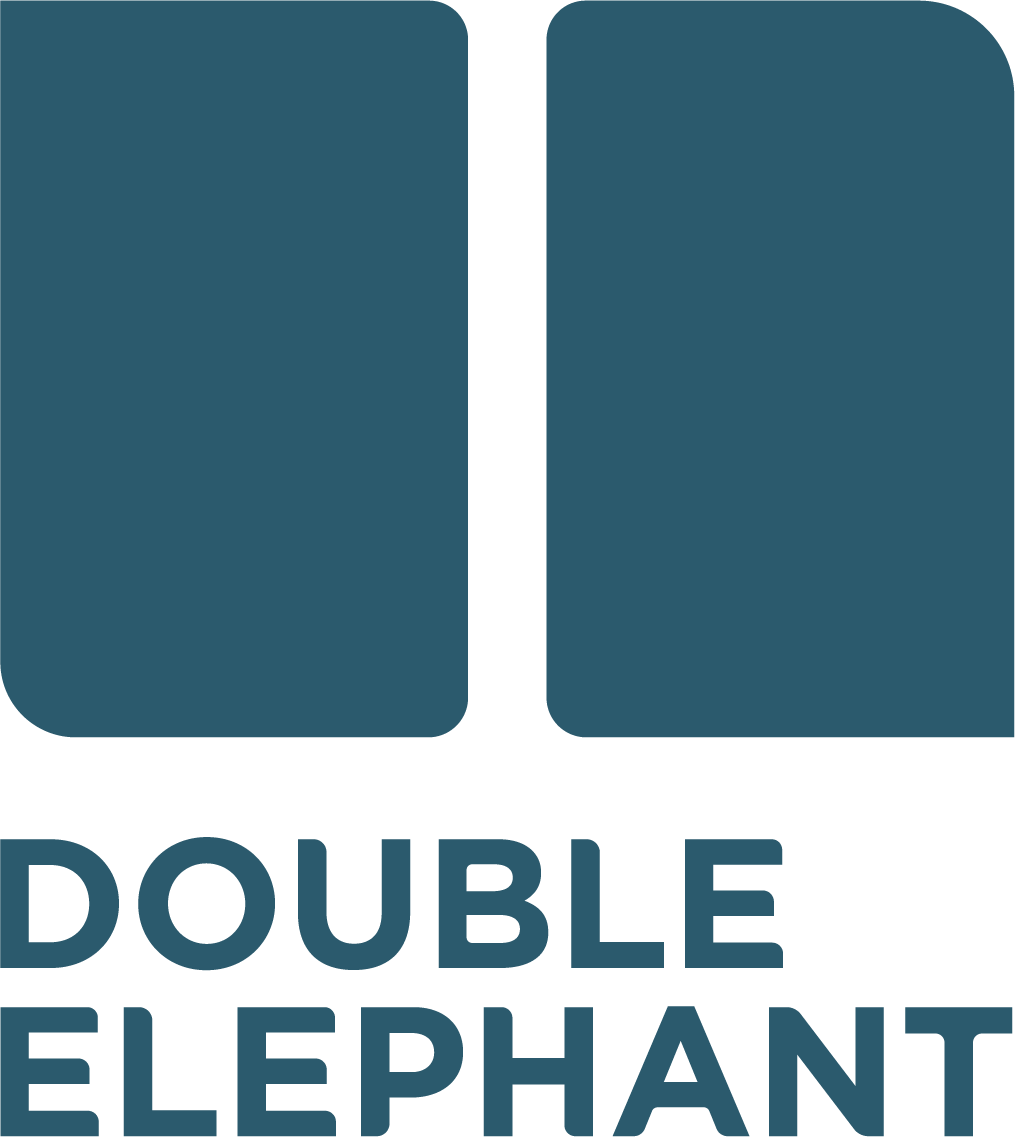
Printed Collage and Collage Prints
Mary Dalton demonstrates a really playful way to use print with collage and chine-collé.
This three-part course can be undertaken at home without a press and is ideal for both beginners and experienced printmakers. Have fun creating monoprint or lino layered textures onto Japanese paper, from which you will create collaged images or use with your prints. This is a great activity for artists to simply play with print and pattern and collage without being too preoccupied with an end result.
-
Collage Paper
Awagami Atsukuchi Japanese Paper | 50,000+ Art Supplies | Your Art Superstore
(greatart.co.uk)
In the workshops, the collage papers were created on Japanese Atsukuchi paper, 39gms.
Similar weight papers can be used instead.
The backing paper was Fabriano Rosapina 220gms in colour Bianco (white).
Fabriano Rosaspina Paper | 50,000+ Art Supplies | Your Art Superstore (greatart.co.uk)
Ink
Intaglio Printmaker Litho/Relief Ink Archives - Intaglio Printmaker
Traditional oil based ink in black and colour was used. All supplied by Intaglio Printmaker.
Roller
Printing Student Rollers (Hard Rubber) by Hawthorn Hawthorn Printmakers
In the workshops a hard rubber roller was used. I always use Hawthorn Printmaker for my rollers and get the highest quality I can afford. The below is a great roller that will last many a year and easy to clean. Used across printmaking processes, so well worth the investment.
Rice Paste Glue or Nori paste
Japanese Nori Rice Paste - Intaglio Printmaker
You can purchase this pre-mixed and dilute as required. You can also make your own using rice flour. Instructions can be found online.
Printing Barren
Use a wooden spoon or similar wooden printing barren that enables you to apply pressure to the collage papers when gluing on.
Ancillery
Craft knife/scalpel, scissors, brush for glue application, cutting mat, stretching board, gum tape for stretching, pencil, tissue paper, vegetable oil, rags for clean up and monoprint, stamping textures, soap and water solution in spray bottle (50/50).
Print Room Set Up
You will need a roll out surface. I use plastic as the top to my plan chest, and so an old acrylic picture glazing sheet is ideal. You can also use a heavy weight glass sheet. If neither is available, tape down a side of a cereal packet, shiny side up and this does adecent job as a temporary roll out surface. You will also need another clean area to work on your collage papers and pre-coat them with rice paste.
Clean Up
To clean up oil based inks it is really easy and non-toxic. Gloves are advisable.
Firstly, scrape up excess ink with your palette knife and bin in a scrap of paper. Place a 50p size amount of vegetable oil onto the roll out surface and using the roller distribute everywhere so all equipment is covered. Leave a minute or two. Using a rag wipe down the surface from ink. If you have a semi clean rag, use this one first. Keep wiping until all ink and oil are removed. Make sure you clean the edges of the roller. Once cleaned up, spray everything with a diluted soap solution to remove the last oil film. Wipe down with a clean rag.
Mary Dalton is an internationally-recognised and award-winning artist and printmaker. She is the founder of the award winning Washroom Press and a regular tutor at West Dean College of Arts and Conservation and Ochre Print Studio.
Alumni of the Royal College of Art, Mary has a wealth of teaching experience in many areas of printmaking. Her work features in collections including the Tate Library, Imperial War Museum, V&A and the British Library. She was trained by master printmakers Alan Smith, Robin Smart and Stanley Jones MBE.


